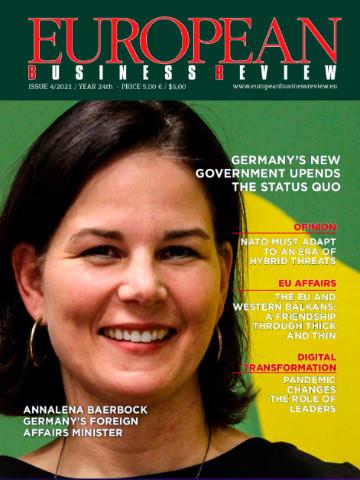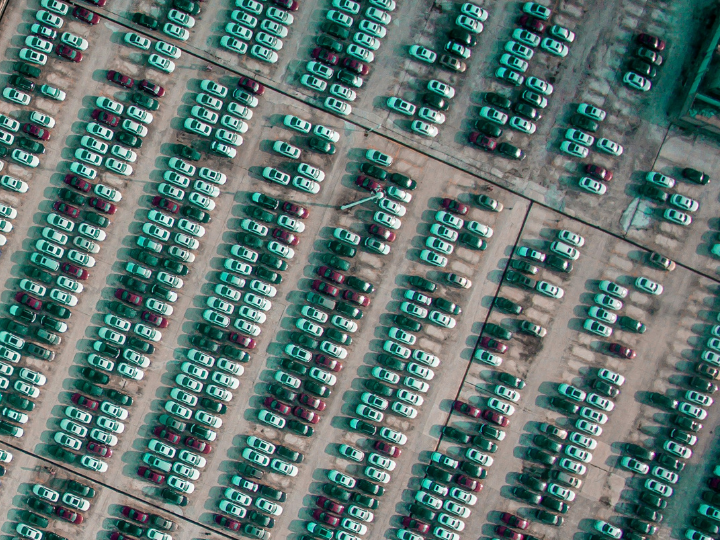The European Commission’s President Barroso proposed the creation of the European Institute of Technology (EIT), a body which would bridge the cultural and intellectual gap between researchers and entrepreneurs, by linking high-level research and private sector, concentrating resources and creating synergies at European level.
The Commission sees an EIT – ideally a European rival to the Massachusetts Institute of Technology – as a flagship project to show that Europe is serious about matching the US in high-level research and innovation. According to the Commission’s proposal the new Institute would have a budget of up to €2bn for the years 2010-13 (some of which would come from public sources) and it could become operative in 2009.
Dr. Elly Plooij-Van Gorsel, a former Vice-President of the European Parliament and a respected academic, at present Senior-counselor with Blueprint Partners (an independent Brussels based public affairs company):
‘I strongly support the creation of the EIT as I am convinced that applied and basic research are linked and the development into market solutions is the natural consequence of solid and innovative basic research efforts. Innovation needs both belt and braces.
The agreement on the need to invest in Research and Development to re-gain ground for Europe in the global competitive market is general. Why is there so much discrepancy on how to do it?
‘This discussion unveils a deeper question: is a common flagship of European excellence in education and research a necessary ingredient for Europe to lead again in innovation performance? Evidence from facts and figures proves it: according to the 2005 Shanghai Academic Ranking of world Universities, 17 are in the US, two in Europe and one in Japan. From 1901 to 1950, 73 per cent of the Nobel Prizes in science went to European researchers. It has declined to just 20 per cent in the last decade’.
‘Of course, it’s not just a matter of numbers but more broadly of approach: America's top universities compete with each other for the world's best researchers and they are willing to pay the "market value" for top scientists. But it is not just salary that is used in the battle for the best scientists, large research funds and promises of cutting-edge facilities are also strong incentives’
Do you really expect sufficient support for the Commission’s proposal?
‘The proposal has raised a lively debate at different levels. It has already gained the support of some big industry players, including Microsoft, Nokia and Pirelli. Very important, because winning private sector financial support is vital for Barroso, also to face the criticism raised by the opponents – mainly academics from some Europe’s top universities - that the project would detract attention and public money away from existing high-level research and institutions that already have the potential to do as well as the MIT.
Recently Commission President Barroso raised an interesting question: why do the best football players come to Europe from all over the world and the same doesn’t happen with the best researchers?
‘I think the answer is quite clear: they don’t know where to go. Lack of coordinated investments and fragmentation is one of the big problems for European research and innovation: Europe is always in search of consensus, which is one of our strengths but which sometimes hampers our ability to get maximum benefit from efforts and resources. The top research centers in the US are all concentrated in limited areas, East or West coast: in the same way Europe has to make its choice, which should be based not on geographic criteria and in favor of less developed regions, but on facilities and excellence.
The next question will be: should this new Institute be built upon existing resources or from scratch?
‘Past attempts to boost co-ordination by strengthening networks of universities have resulted in allocating resources over many institutions without producing clear benefits.
Research infrastructure should be started from scratch but we should try at the same time to profit from existing resources, in order to cut costs and maximise the benefits.’
Are you not afraid that for instance the decision for the location of the EIT will be again a tug-of-war in the European Council?
‘The European Council has already noted the significance of an EIT and recognised that such an Institute will be an important step to fill the existing gap between higher education, research and innovation.
The question of the location for the new Institute? In my former role as a member of the European Parliament, I suggested already that the current seat of the European Parliament in Strasbourg would be an excellent place to found the new Institute.
Such a decision would have a number of advantages: it would allow us to avoid having two parliamentary structures in two different places (as it is the case now) and at the same time it would allow savings that could be used for research; benefits from existing facilities and would prevent further discussion from the Member States on where the EIT should be located. We could exploit the well connected and developed research institutes that France already has in place.’
You are quite optimistic …
‘As I said, I am convinced that the EIT should and could represent a turning point in our approach to research and innovation. Europe needs to adopt a courageous vision to ensure that this new project doesn’t become a wasteful compromise.







